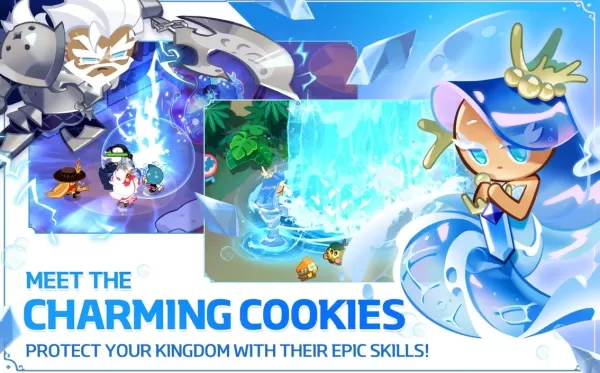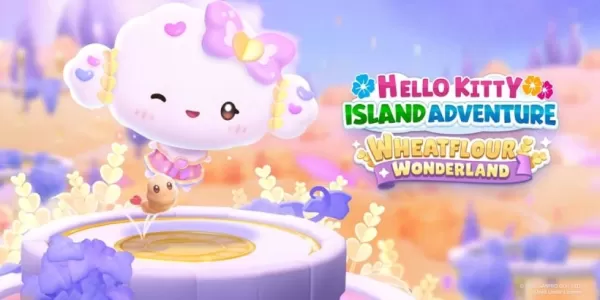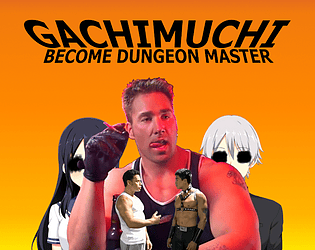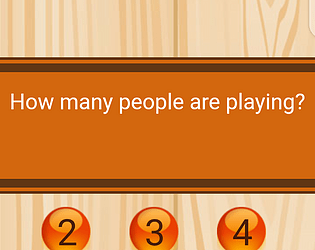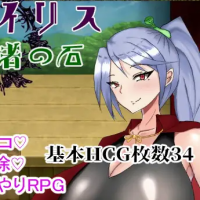From the arid expanses of dry deserts to the lush canopies of bustling forests, the fiery landscapes of blazing volcanoes, and the icy expanses of frozen tundra, the Monster Hunter series offers a diverse range of environments, each teeming with unique ecosystems shaped by a varied cast of monsters. The thrill of exploring these unknown worlds and traversing their lands in pursuit of hunts is a core joy of the Monster Hunter experience.
This sense of adventure continues in Monster Hunter Wilds, the latest installment in the franchise. Following the Windward Plains and Scarlet Forest, players will venture into the challenging terrain of the Oilwell Basin, a region engulfed in flames and oilsilt. Here, hunters will navigate through paths obstructed by viscous oil and molten magma. Although the Oilwell Basin might appear barren at first glance, closer inspection reveals the slow movements of small creatures navigating the mire. Scattered across this landscape are remnants of what seems to be an ancient civilization.
Yuya Tokuda, the director of both Monster Hunter: World and Monster Hunter Wilds, provides insight into the Oilwell Basin:
"During the Fallow, the Oilwell Basin is characterized by mud and oil. When the Inclemency known as the Firespring occurs, it burns away the oilsilt. During the Plenty, the burned oil and soot dissipate, unveiling the minerals, microorganisms, and the original colors of the manmade artifacts hidden beneath," he explains.
Down in the Muck
When asked about the conceptualization of the Oilwell Basin, Kaname Fujioka, the director of the first Monster Hunter and executive director and art director for Wilds, shares his vision:
"Given the broad, horizontal landscapes of the Windward Plains and Scarlet Forest, we envisioned the Oilwell Basin as a vertically layered environment. The area's conditions change subtly as you move between the top, middle, and bottom strata. Sunlight reaches the top strata, where oil accumulates like mud. As you descend, the environment becomes increasingly hot, with lava and other substances," he says.
Tokuda adds, "From the middle to the bottom strata, you'll encounter creatures reminiscent of aquatic life, evoking images of deep seas or underwater volcanoes. In Monster Hunter: World, we developed the Coral Highlands' ecosystem by imagining what aquatic creatures would look like on land. We've applied this knowledge to create the Oilwell Basin's unique creatures and ecosystem."
Fujioka emphasizes the dynamic nature of the Oilwell Basin, highlighting the contrast between its states:
"During the Fallow and Inclemency, smoke billows from every corner of the Oilwell Basin, resembling a volcano or hot spring. However, during the Plenty, it transforms into a clear, marine-like environment. If you observe closely, you'll discover it's a region inhabited by creatures you'd typically find on the ocean floor."
The Oilwell Basin's ecosystem is distinct, thriving on geothermal energy rather than sunlight and vegetation. Beneath the oilsilt, a variety of life forms, from shellfish like shrimp and crabs to small monsters providing raw meat, coexist. Large monsters prey on these smaller creatures, which in turn filter microorganisms from the environment and oilsilt, while the microorganisms harness the earth's heat for energy.
The large monsters inhabiting the Oilwell Basin are unique. One such creature is Rompopolo, a globular, noxious monster with a mouth resembling thin needles. Fujioka explains the inspiration behind Rompopolo's design:
"We designed Rompopolo as a tricky monster that thrives in swamps and disrupts players with its toxic gas. The concept of a mad scientist influenced its depiction, leading to its chemical purple color and glowing red eyes. Interestingly, the equipment crafted from Rompopolo is surprisingly cute, as is its Palico gear."
Tokuda describes the Rompopolo Palico equipment as "amusing," a sentiment I confirmed when I had the chance to use it. I encourage you to craft and experience it for yourself.
Flames of Ajarakan
Another new monster in the Oilwell Basin is Ajarakan, resembling a massive gorilla enveloped in flames, yet with a slimmer silhouette compared to the Scarlet Forest's Congalala. In this video, we witness Ajarakan and Rompopolo battling for territory, with Ajarakan using its arms to give Rompopolo a bear hug. Its martial arts-inspired movements, focusing on its fists, add a unique charm to this fanged beast.
Tokuda explains the design philosophy behind Ajarakan:
"Typically, fanged beasts have low hips, positioning their heads at eye level with the hunter, which can make it difficult to perceive their threat. We aimed to give Ajarakan a more top-heavy and towering silhouette. We incorporated flame elements fitting the Oilwell Basin and grabbing attacks reminiscent of a wrestler to highlight its physical strength. Ajarakan combines strength, physical attacks, and flames, such as its attack where it melts something and throws it at you."
Fujioka adds, "With the introduction of unique monsters, we wanted to include one whose strengths are straightforward. Ajarakan achieves this with its simple yet powerful attacks, like punching or slamming its fists to create flames."
Ajarakan holds a high position in the Oilwell Basin's ecosystem. In contrast to Rompopolo's use of poison gas and oilsilt, Ajarakan's flashy appearance, accompanied by flames and magma with each attack, underscores its dominance.
Fujioka reflects on Ajarakan's development:
"Initially, Ajarakan was just a physically powerful monster. We wanted to add more personality, leveraging its fiery environment. Instead of simply breathing fire, we designed it to wear flames on its back, reminiscent of the Buddhist deity Acala. This concept led to Ajarakan's ability to melt anything in front of it due to its rising internal temperature, enhancing its personality. We wanted players to dread being hugged by such a hot creature. By making it so hot that it melts everything around, we aimed to make it intimidating."
While Rompopolo is tricky, Ajarakan's design focuses on straightforward power. Fujioka notes that the team continuously added more dynamic moves to Ajarakan as development progressed:
"We kept adding various interesting techniques, like it jumping into the air, curling into a ball, and crashing to the ground," he says.
A Monster Generations in the Making
Dominating the Oilwell Basin's ecosystem as its apex predator is the "Black Flame," now officially named **Nu Udra**. With its slimy body coated in flammable oil, Nu Udra stretches and wriggles across the Oilwell Basin. Similar to how Rey Dau controls lightning in the Windward Plains and Uth Duna envelops itself in water in the Scarlet Forest, Nu Udra is cloaked in flames. Fujioka and Tokuda emphasize that apex predators in Wilds are designed with their region's element in mind. The choice of an octopus as inspiration for a monster in such a hot environment is intriguing.
Fujioka confirms, "Yes, it was octopuses. We wanted its silhouette to be striking when it rises up, giving it what look like demonic horns, yet designed in a way where its face is not easily discernible."
Tokuda adds that even the music during battles with Nu Udra reflects its demonic imagery:
"We had the composers include phrases and musical instruments reminiscent of black magic. I believe it resulted in a unique and compelling piece of music."
Nu Udra's tentacle movements draw inspiration from monsters like Lagiacrus from Monster Hunter Tri. Both Tokuda and Fujioka have long desired to bring a tentacled monster to life:
Tokuda shares, "In Tri, we explored underwater combat, and I proposed an octopus-shaped monster, focusing on its distinctive underwater movements. I had fun brainstorming ideas like 'It has lots of legs, which means lots of parts you can sever!' However, technical challenges prevented us from realizing it at the time. I've held onto that proposal ever since."
Fujioka notes that past monsters like Yama Tsukami and Nakarkos, which use tentacles, influenced Nu Udra's development:
"We're always interested in using monsters with unique movements at key moments, as their silhouette and impact differ from standard monsters. While too many unique monsters can tire players, introducing one at the right time leaves a strong impression. For example, in Monster Hunter 2 (Dos), Yama Tsukami's appearance over the mountains in a deep forest creates a sense of adventure and mystery."
Tokuda nostalgically adds, "I'm the one who placed Yama Tsukami there. Although we couldn't replicate the same actions for Yama Tsukami due to technological limitations at the time, we wanted to make an impression."
Throughout the interview, the dedication of the Monster Hunter team to creating monsters is evident. Even if current technology can't support their ideas, they keep a stockpile of concepts to draw upon for new titles. The realization of Nu Udra, a monster fully utilizing its tentacles, is a significant achievement for both Tokuda and Fujioka.
Fujioka explains, "While Yama Tsukami and Nakarkos were stationary tentacled monsters, Nu Udra uses its cephalopod traits to move freely around the area, offering new gameplay experiences."
Tokuda adds, "When we saw the tests, we decided to make it the apex predator of the Oilwell Basin. That's how impactful this monster is."
Fujioka reflects on the challenges of animating Nu Udra:
"We worked extensively on depicting flexible bodies with Nu Udra. At the start of development, we challenge ourselves with ambitious ideas, even if they seem unachievable. It's demanding for our artists, but the final result is incredibly rewarding when we succeed."
The team leverages new technologies to bring their accumulated ideas to life, even if success isn't guaranteed. Hearing Tokuda and Fujioka discuss their work gives a glimpse into the Monster Hunter development process.
Tokuda recalls, "When we first implemented the movement of it going inside a hole, an animator asked me to wait and see it. I remember saying, 'Oh, that really is amazing!' The animator looked so satisfied."
Fujioka adds, "The way it squirms around while wrapped around a pipe is meticulously crafted. It's a testament to the staff's efforts, showcasing what only real-time gaming can achieve. I'm incredibly proud of it."
Fujioka's pride in the detailed work on Wilds' monsters and the team's efforts is palpable.
When facing Nu Udra, finding an opening on its flexible body is challenging. If I get too close, it counters with a powerful head attack. After managing to break a tentacle, its severed tip continues to thrash on the ground. Can all its tentacles be destroyed?
Tokuda explains, "You can cut off many tentacles. All parts that touch the ground can be severed. While they move after being cut, they eventually rot. Carving a rotten, immobile part won't yield good materials. This applies to other monsters' breakable parts, like tails."
"Nu Udra uses its tentacles to launch a barrage of attacks. We aimed to give its attacks a unique tempo through focused and area-of-effect attacks using its head and flames. With multiple tentacles, it can be hard to determine its target in multiplayer hunts. That's why we've added sensory organs at the tips of its tentacles that emit light to indicate its attack intentions."
Nu Udra's sensory organs, which emit light, are located at the tips of its tentacles. Since it doesn't rely on vision, Flash Bombs have no effect on it.
When asked about strategies to defeat Nu Udra, Tokuda suggests, "Its body is soft with many breakable parts. Hunters should strategize where to attack. Cutting off a tentacle reduces its area-of-effect attacks, making movement easier. It's a monster suited for multiplayer, as its targets are split. Using SOS flares and Support Hunters can enhance the experience."
Fujioka adds, "This monster can be approached like an action game, where destroying parts brings you closer to victory. Gravios is another example where breaking its armor reveals a way to defeat it. Observing a monster's movements and making strategic decisions aligns perfectly with Monster Hunter's core gameplay."
A Welcome Reunion
Fujioka mentions Gravios, a monster returning to the series since Monster Hunter Generations Ultimate. Its rocky carapace and hot gas emissions make it a fitting inhabitant of the Oilwell Basin.
Tokuda explains the decision to bring back Gravios (for more details, see this Gravios interview):
"When considering monsters that fit the Oilwell Basin's environment and the game's progression, Gravios seemed like a fresh challenge. We decided to reintroduce it."
The returning Gravios has an even harder body than I remembered. Its massive presence is striking compared to other Oilwell Basin monsters. After figuring out how to attack its rocky carapace, I managed to inflict red wounds and execute a Focus Strike.
Tokuda elaborates, "When bringing Gravios into this game, we wanted to preserve its distinguishing features, like its hardness. From a game design perspective, we wanted it to appear after significant progression, challenging hunters to find ways to defeat its hard body using the wound system and part breaking."
All Monsters in Monster Hunter Wilds

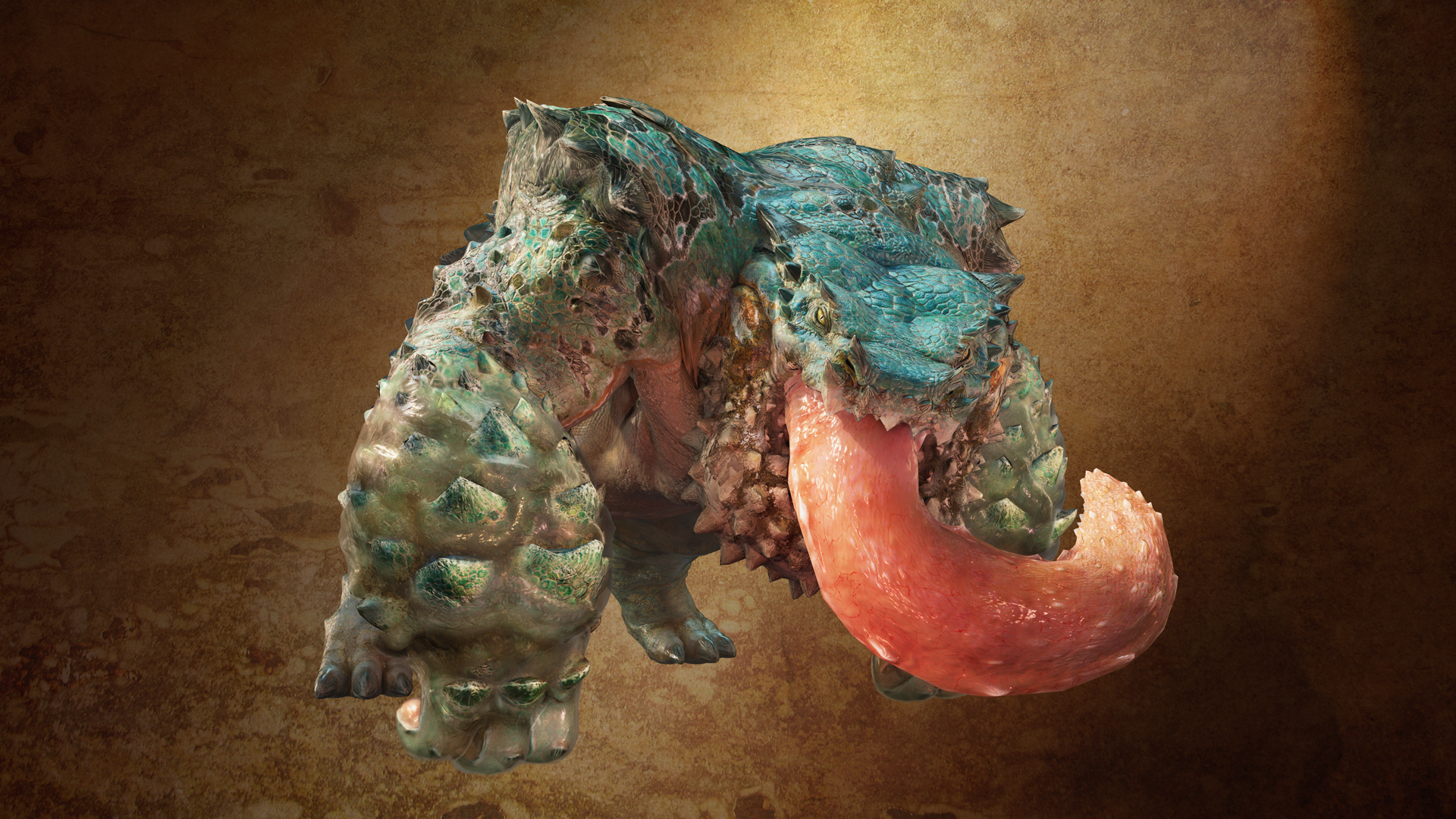 17 Images
17 Images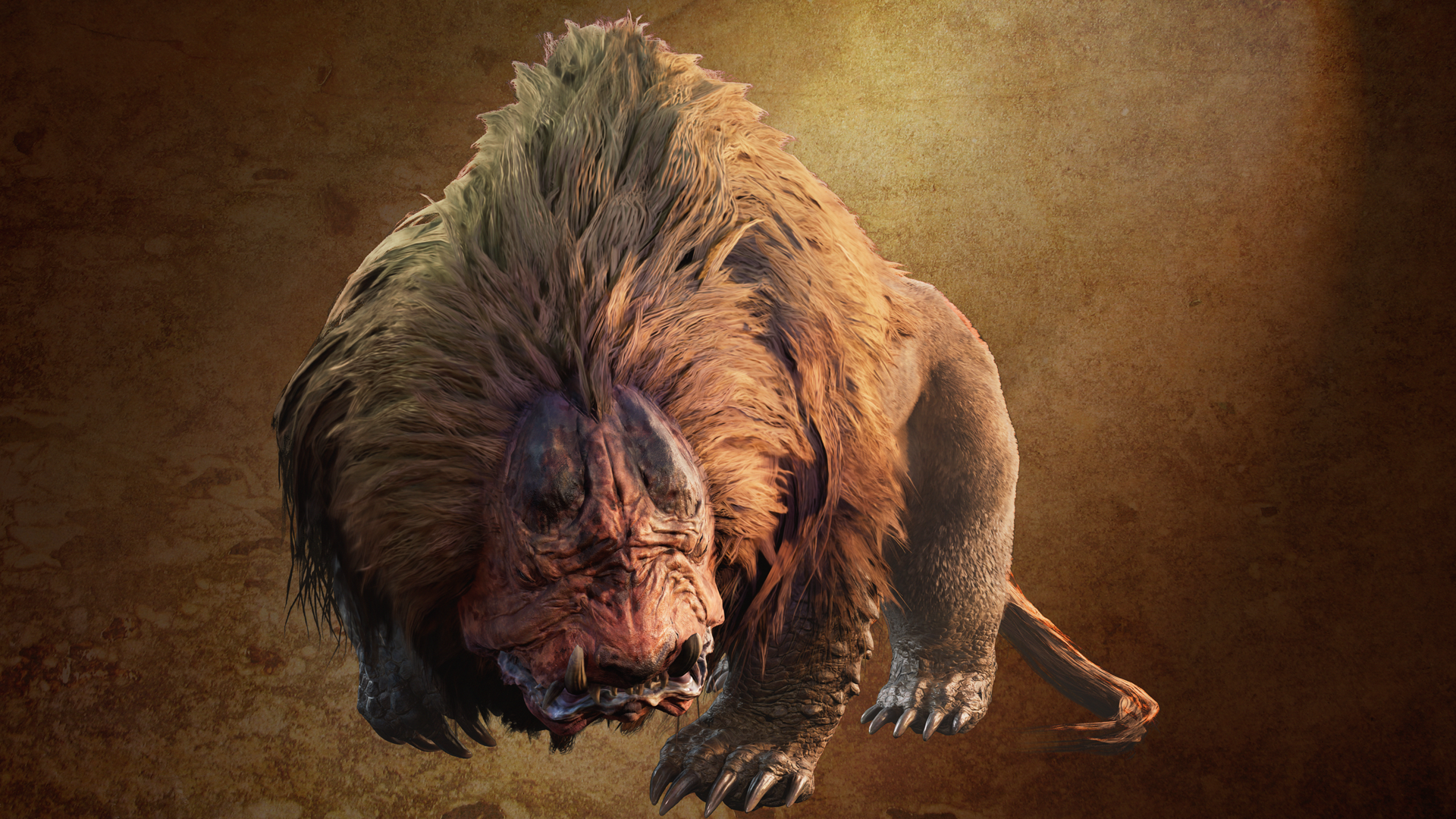
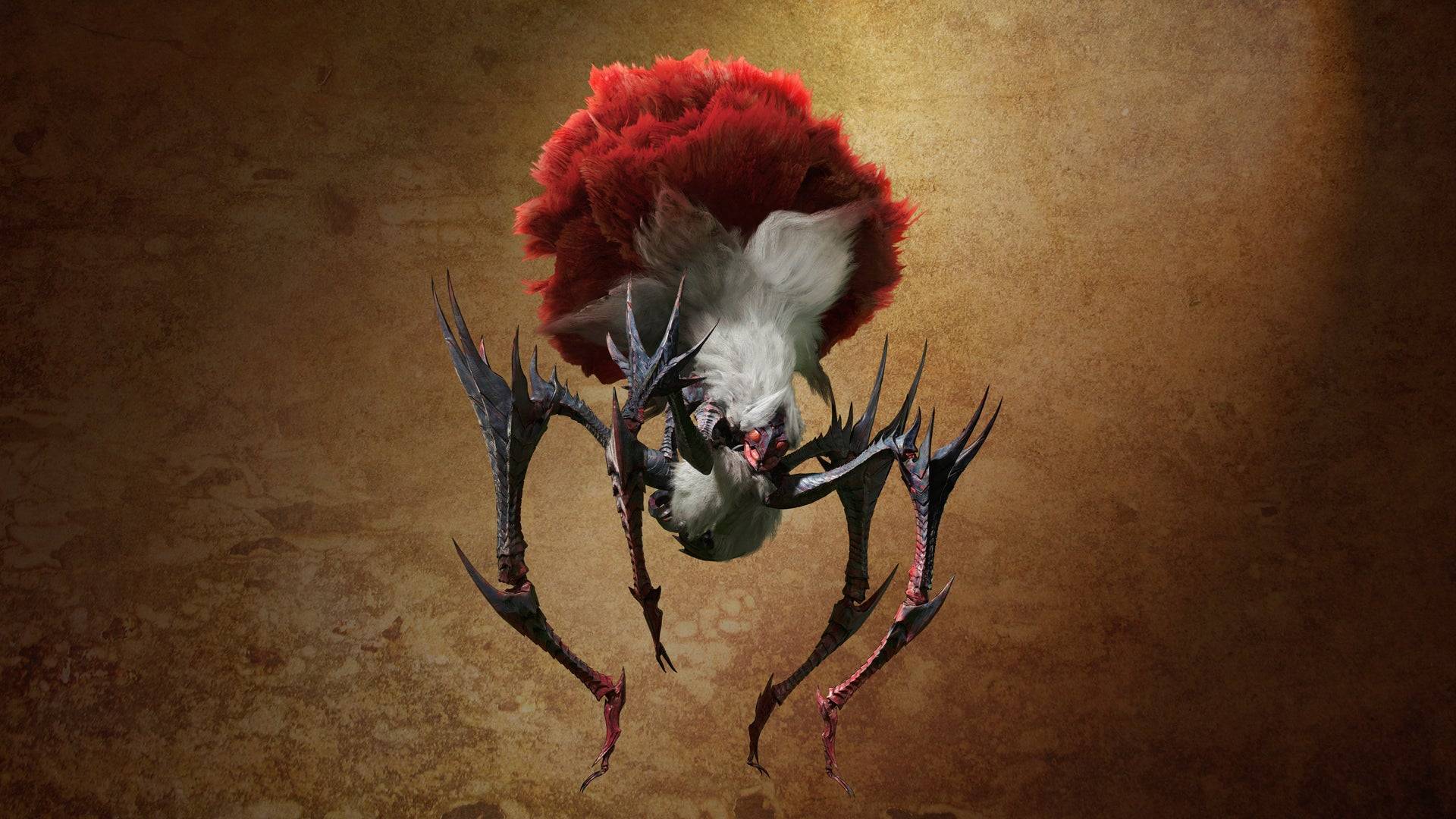
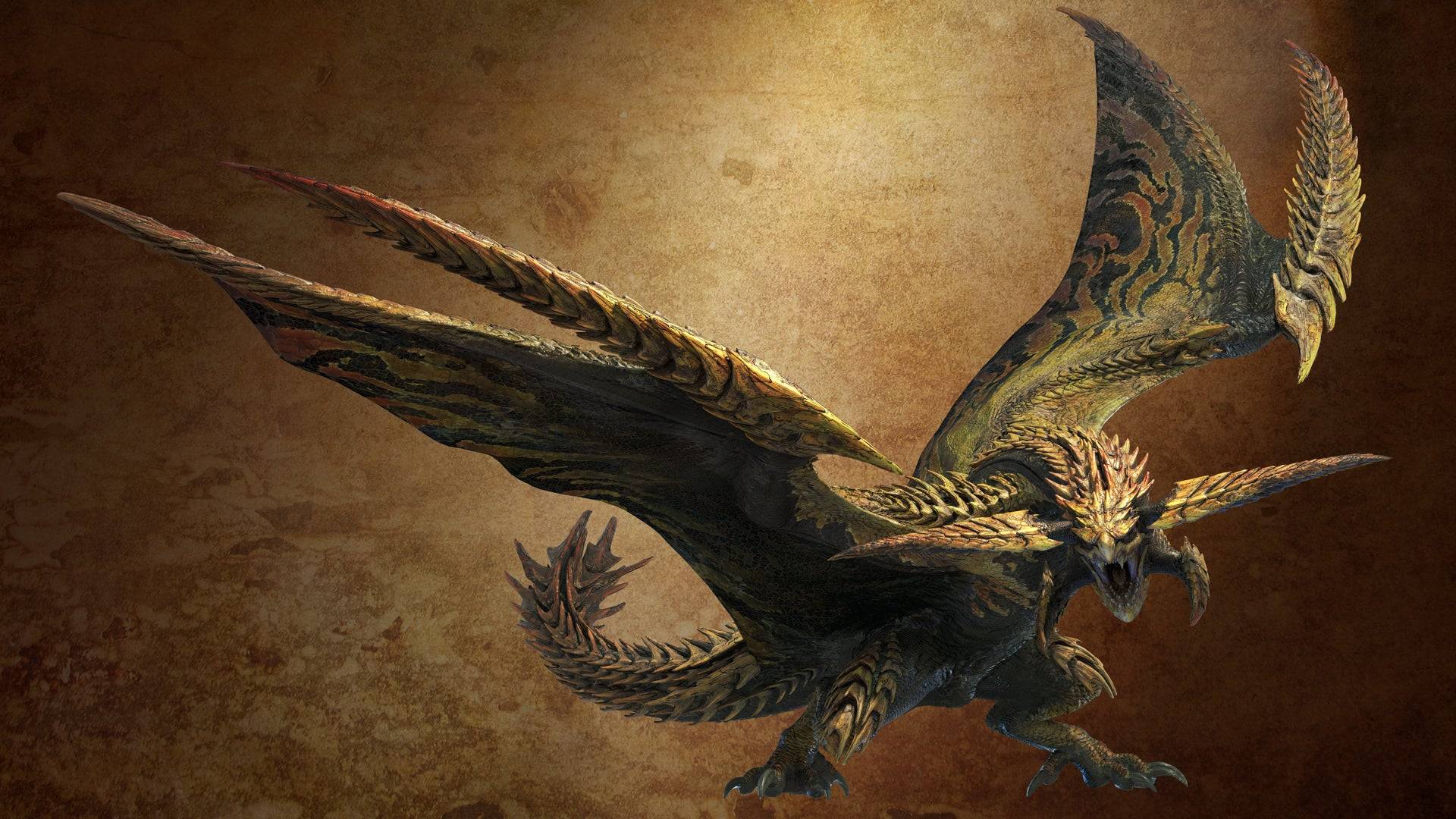
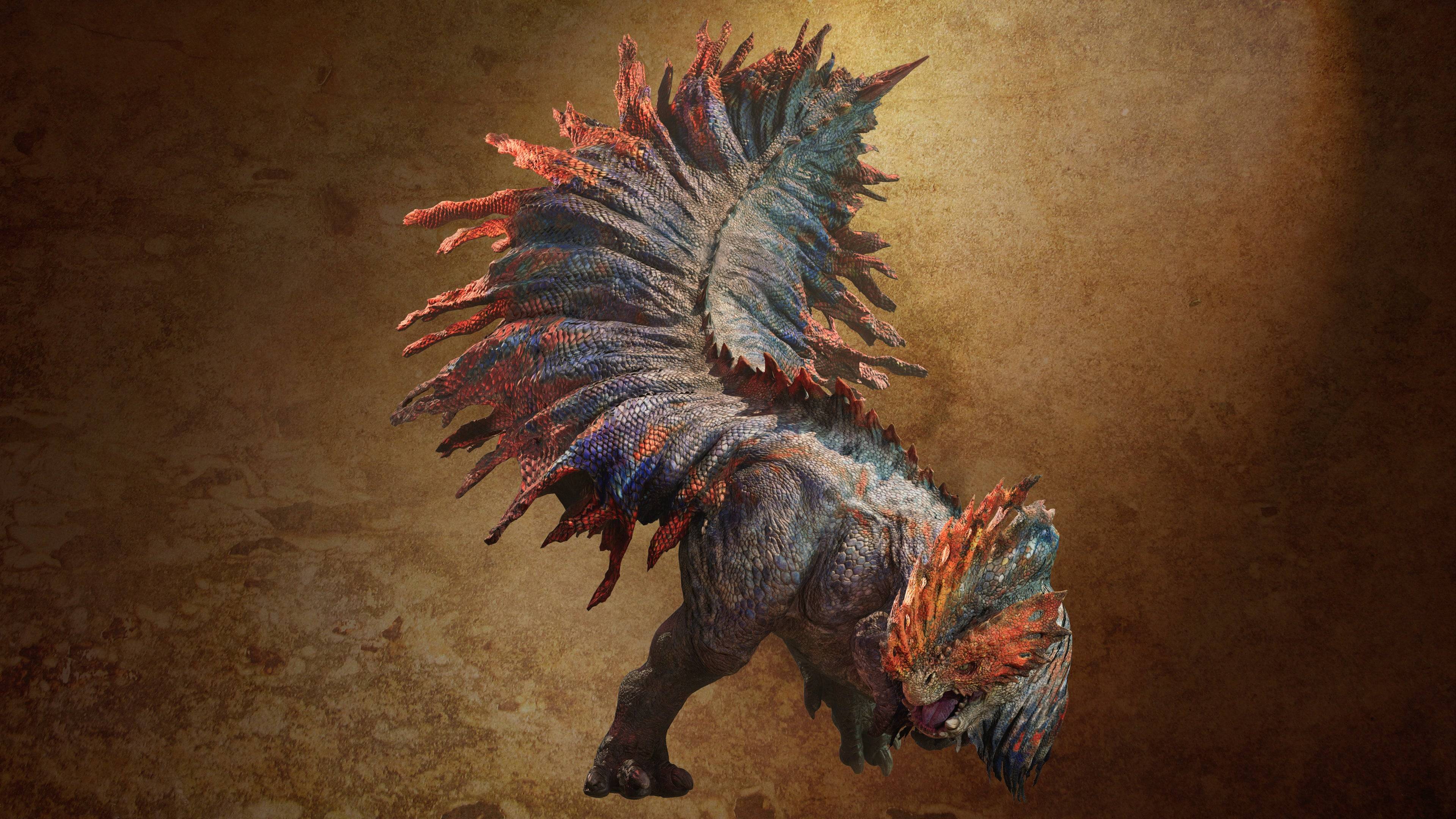
If Gravios is returning, what about its juvenile form, Basarios? Fujioka responds, "Sorry, but Basarios will be taking this one off." It seems the timing isn't right for Basarios, and we'll have to wait longer to see it again.
As explained in our interview about monster selection, the Monster Hunter team carefully considers reintroducing monsters, ensuring they can be fully utilized in the game. The decision to exclude Basarios likely came after thorough discussions. While it's disappointing, many other monsters not mentioned here will also appear in the Oilwell Basin. I eagerly anticipate hunting there, Cool Drink in hand.

